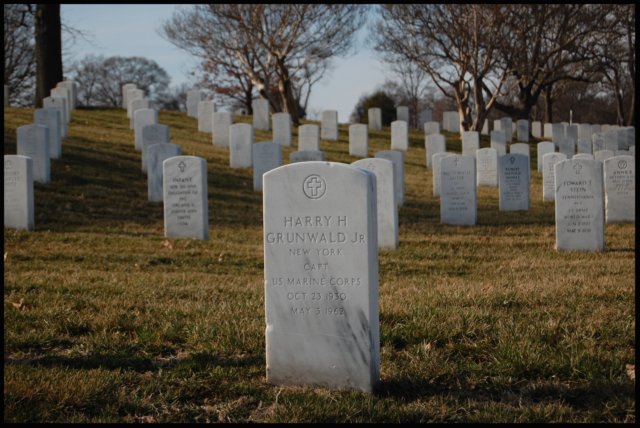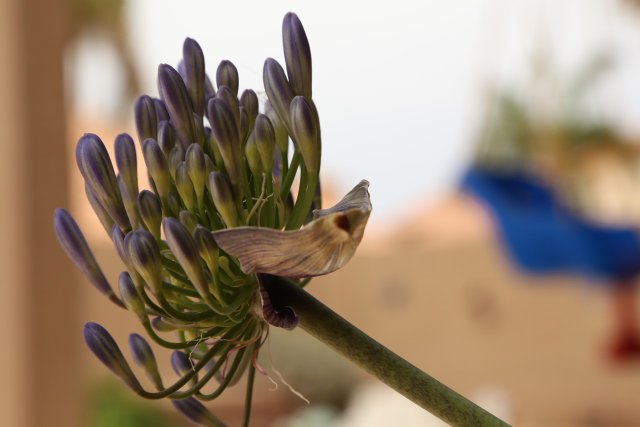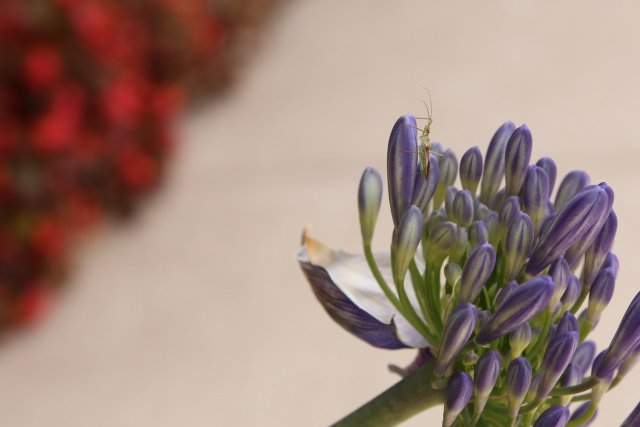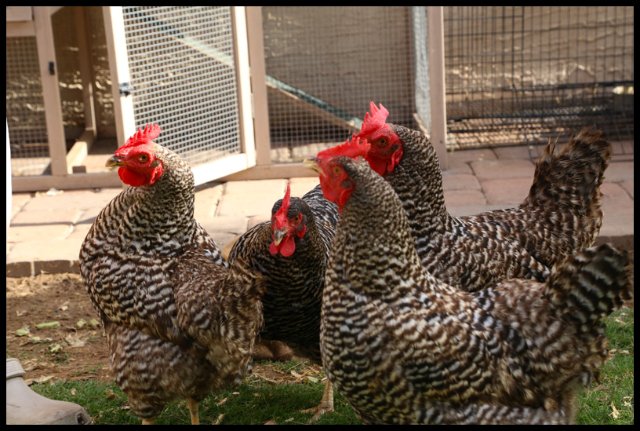But, really, Memorial Day isn't about any of those things. It's a day for remembering the veterans who died fighting for our freedoms. Not ALL veterans - that would be Veteran's Day on November 11th - but those who died fighting on our behalf.
Memorial Day, or Decoration Day as it was originally called, was first celebrated on May 30, 1868 when General John A. Morgan (a leader in an organization for Northern Civil War veterans) called for a nationwide day of remembrance on May 30th. He chose that day because it was not the anniversary of any battle in the Civil War. Most southern states did not acknowledge the holiday, choosing instead to honor their dead on different days.
During WWI the United States became entangled in another major conflict, this time global, and the holiday evolved into a commemoration remembering all military personnel who died in all wars. It was celebrated on May 30th, the date selected by Gen. Morgan, for decades.
Then, in 1968 Congress passed the Uniform Monday Holiday Act, which went into effect in 1971, making Memorial Day the fourth Monday in May. Three other holidays were also affected by this Act - Washington's Birthday (moved from February 22nd to the third Monday of February), Labor Day (originally celebrated on September 5th but unofficially changed to the first Monday of September in 1884) and Veteran's Day (moved from November 11th to the fourth Monday in October). Columbus Day was created as a holiday, the second Monday in October. All were designated as federal holidays.
Why were the dates of the holidays changed? For the sole reason of giving federal employees a three-day weekend. Congress felt that by observing these holidays on Mondays, there would be "substantial benefits to both the spiritual and economic life of the Nation." They argued it would "afford increased opportunities for families to be together" and it would "enable Americans to enjoy a wider range of recreational opportunities, since they would be afforded more time for travel." Seriously. Using that reasoning, why not make Thanksgiving the fourth Friday in November?
Interestingly, Veteran's Day (originally called Armistice Day in 1918 to recognize WWI veterans but changed to Veteran's Day in 1954 to recognize all American veterans) was changed back to November 11th by Congress in 1975 after it became apparent that veterans' organizations opposed the change and 46 states either didn't change the original observation date or returned it to November 11th.
Personally, I think the meanings of the holidays was diluted when they were changed to "three-day weekends." Pretty soon we will begin calling Memorial Day "May Long Weekend" like Canadians do - only in Canada "May Long Weekend" is Victoria Day, a holiday to honor Queen Victoria's birthday. Many Canadians don't know their Monday or Friday holidays and simply call them " Long Weekend." The holiday has devolved into just another day off.
But it doesn't have to be. Be a rebel! Fly your flag on May 30th. Visit a national cemetery - it probably won't be crowded. Pray for the military families who have lost loved ones in war. After all, we can't honor our fallen soldiers too much.







